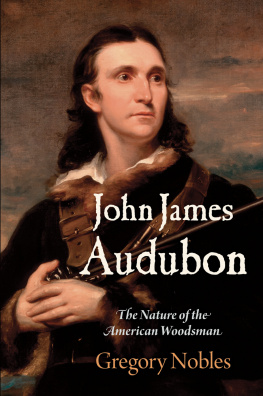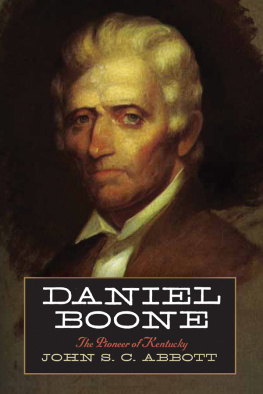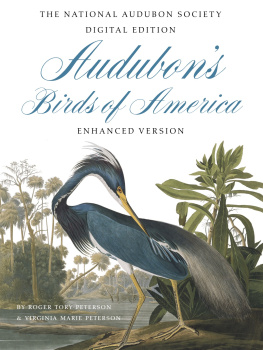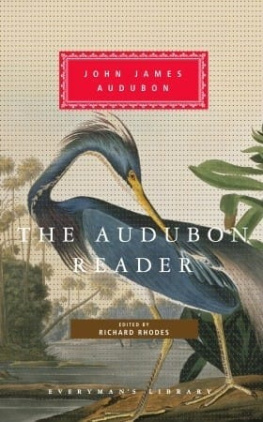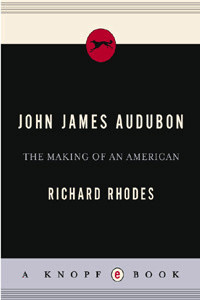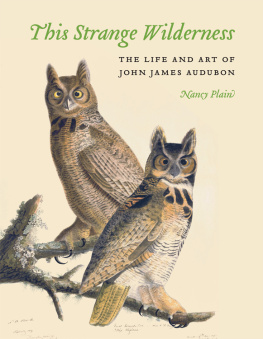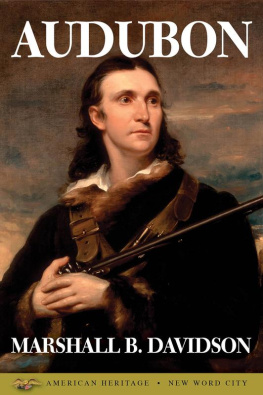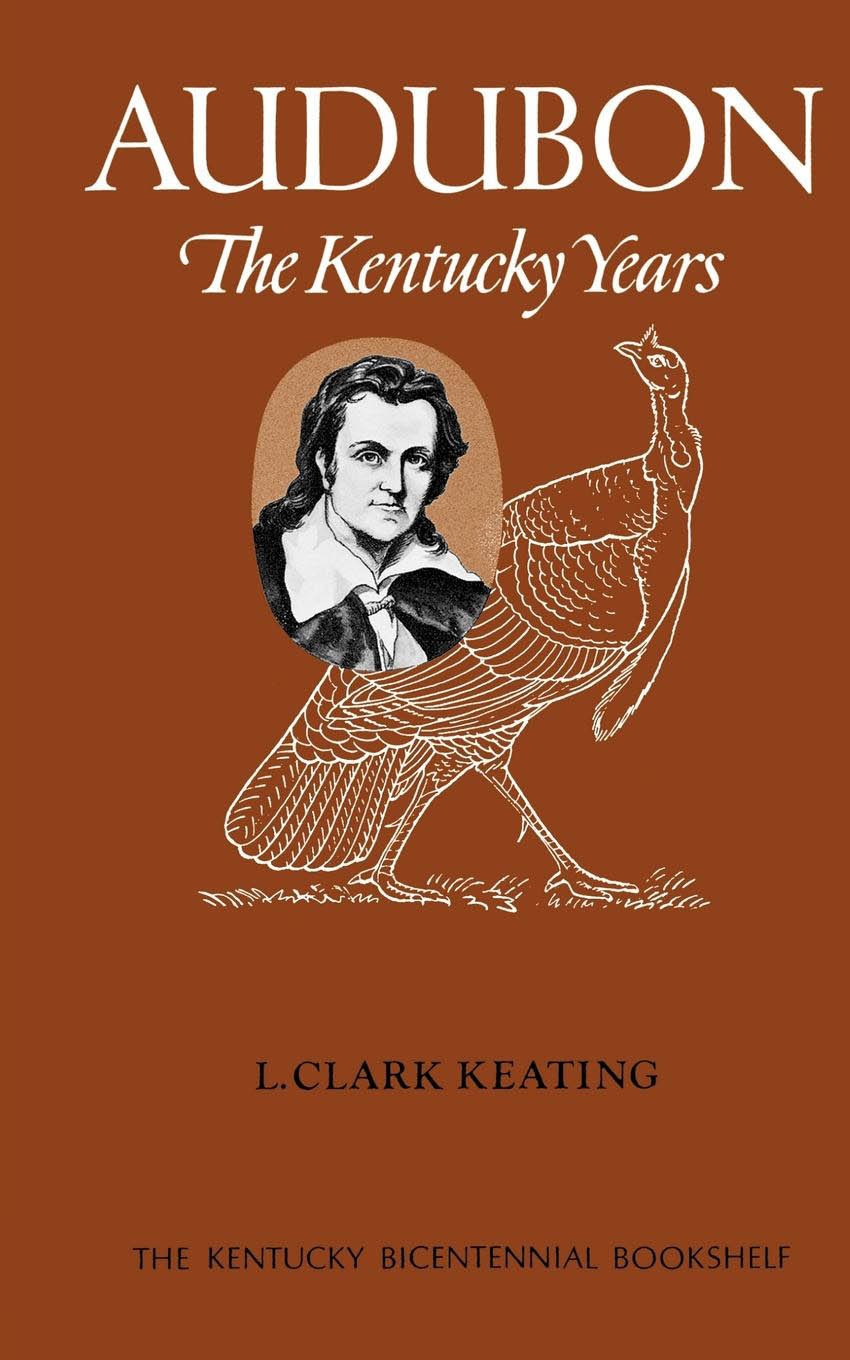The Kentucky Bicentennial Bookshelf Sponsored by
KENTUCKY HISTORICAL EVENTS CELEBRATION COMMISSION
KENTUCKY FEDERATION OF WOMENS CLUBS
and Contributing Sponsors
AMERICAN FEDERAL SAVINGS & LOAN ASSOCIATION
ARMCO STEEL CORPORATION, ASHLAND WORKS
A. ARNOLD & SON TRANSFER & STORAGE CO., INC./ASHLAND OIL, INC.
BAILEY MINING COMPANY, BYPRO, KENTUCKY/BEGLEY DRUG COMPANY
J. WINSTON COLEMAN, JR./CONVENIENT INDUSTRIES OF AMERICA, INC.
IN MEMORY OF MR. AND MRS. J. SHERMAN COOPER BY THEIR CHILDREN
CORNING GLASS WORKS FOUNDATION/MRS. CLORA CORRELL
THE COURIER-JOURNAL AND THE LOUISVILLE TIMES
COVINGTON TRUST & BANKING COMPANY
MR. AND MRS. GEORGE P. CROUNSE/GEORGE E. EVANS, JR.
FARMERS BANK & CAPITAL TRUST COMPANY/FISHER-PRICE TOYS, MURRAY
MARY PAULINE FOX, M.D., IN HONOR OF CHLOE GIFFORD
MARY A. HALL, M.D., IN HONOR OF PAT LEE,
JANICE HALL & MARY ANN FAULKNER
OSCAR HORNSBY INC./OFFICE PRODUCTS DIVISION IBM CORPORATION
JERRYS RESTAURANTS/ROBERT B. JEWELL
LEE S. JONES/KENTUCKIANA GIRL SCOUT COUNCIL
KENTUCKY BANKERS ASSOCIATION/KENTUCKY COAL ASSOCIATION, INC.
THE KENTUCKY JOCKEY CLUB, INC./THE LEXINGTON WOMANS CLUB
LINCOLN INCOME LIFE INSURANCE COMPANY
LORILLARD A DIVISION OF LOEWS THEATRES, INC.
METROPOLITAN WOMANS CLUB OF LEXINGTON/BETTY HAGGIN MOLLOY
MUTUAL FEDERAL SAVINGS & LOAN ASSOCIATION
NATIONAL INDUSTRIES, INC./RAND MCNALLY & COMPANY
PHILIP MORRIS, INCORPORATED/MRS. VICTOR SAMS
SHELL OIL COMPANY, LOUISVILLE
SOUTH CENTRAL BELL TELEPHONE COMPANY
SOUTHERN BELLE DAIRY CO. INC.
STANDARD OIL COMPANY (KENTUCKY)
STANDARD PRINTING CO., H. M. KESSLER, PRESIDENT
STATE BANK & TRUST COMPANY, RICHMOND
THOMAS INDUSTRIES INC./TIP TOP COAL CO., INC.
MARY L. WISS, M.D./YOUNGER WOMANS CLUB OF ST. MATTHEWS
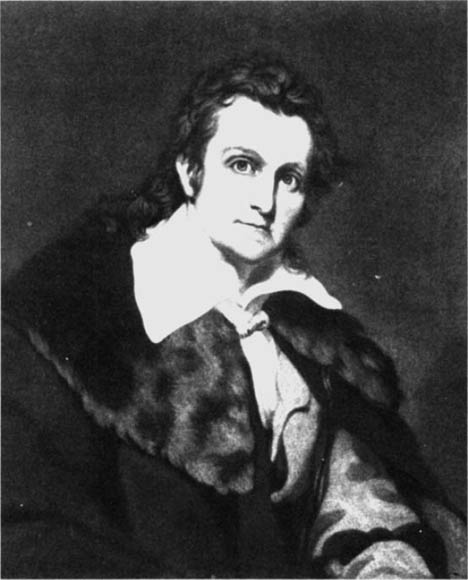
AUDUBON
The Kentucky Years

L. CLARK KEATING

FOR RICHARD
Research for The Kentucky Bicentennial Bookshelf is assisted by a grant from the National Endowment for the Humanities. Views expressed in the Bookshelf do not necessarily represent those of the Endowment.
Copyright 1976 by The University Press of Kentucky
Paperback edition 2009
The University Press of Kentucky
Scholarly publisher for the Commonwealth,
serving Bellarmine University, Berea College, Centre
College of Kentucky, Eastern Kentucky University,
The Filson Historical Society, Georgetown College,
Kentucky Historical Society, Kentucky State University,
Morehead State University, Murray State University,
Northern Kentucky University, Transylvania University,
University of Kentucky, University of Louisville,
and Western Kentucky University.
All rights reserved.
Editorial and Sales Offices: The University Press of Kentucky
663 South Limestone Street, Lexington, Kentucky 40508-4008
www.kentuckypress.com
Cataloging-in-Publication Data is available from the Library of Congress.
ISBN 978-0-8131-9270-3 (pbk: acid-free paper)
This book is printed on acid-free recycled paper meeting the requirements of the American National Standard for Permanence in Paper for Printed Library Materials.

Manufactured in the United States of America.

| Member of the Association of
American University Presses |
Contents
Preface
WITH THE PASSAGE of the years, interest in John James Audubon and his studies of American wildlife appears to increase. As an ornithologist and colorful personality he has eclipsed all but completely even the most competent of his rivals and predecessors. He is still first in our hearts, and in these days when the worlds need to conserve wildlife is universally recognized, his name and achievements are a talisman for us all.
It will come as a shock to many bird lovers to learn that Audubon, whose name has become synonymous with the preservation and conservation of wildlife, was guilty at times of a reckless slaughter of birds and other wild creatures. He reports, for instance, that on one occasion he killed no less than sixty Lapland larkspurs, and he adds with no apparent regret that on the following day his brother-in-law shot six hundred. In our century we find it hard to excuse this wanton destruction of life. The only justification one can offer is to note that in such an action Audubon was neither more nor less than a man of his times. It is some consolation, however, to learn that as an old man the naturalist had changed his attitude radically. He became aware that the indiscriminate killing of birds was making some species rare. It is reported of him that on at least one occasion he summarily refused to let a certain bird be killed for him, even though he needed it for close observation. Because it was rare, he said, he preferred to do without it. This change was characteristic of Audubon. As time went on, he became astonishingly aware of what was happening to America and to the wilderness areas he loved so well. He knew he could not stop the clock nor reverse the trend toward urbanization of the countryside, but he could and did change his own practices. For him, at least, hunting as a sport became a thing of the past.
A rather brief, but highly significant, period of Audubons lifefrom 1807 to 1819was spent in the Commonwealth of Kentucky. It was here that his children were born, here that his avocation as a bird painter developed and flourished, here that the sight of Alexander Wilsons collection of bird paintings probably pointed him in the direction of his lifes work. My purpose in these pages is to review these Kentucky years, taking leave of the naturalist only when circumstances led him to leave the state. For detailed treatment of his years as a boy in France and as a young man living at Mill Grove Farm near Philadelphia, as well as of the years of struggle and fame that followed his sojourn in Kentucky, the reader is referred to any one of the excellent studies on the naturalists career. Preeminent among these are books by Alice Ford, especially her John James Audubon (Norman: University of Oklahoma Press, 1964). Also recommended are Alexander B. Adamss John James Audubon (New York: Putnam & Sons, 1966), and Francis Hobart Herricks Audubon the Naturalist (New York: Appleton, 1917). Invaluable for this study has been the unpublished masters thesis (University of Kentucky, 1970) of J. D. Book, Jr., John James Audubon in Kentucky. Audubons own autobiographical writings, recently arranged in chronological order by Alice Ford, are the best source of all.
In Kentucky, as in all America, Audubons memory is still green. The researcher who visits the naturalists haunts of more than a century and a half ago need but identify himself as a follower of the artists trail to find all doors open to him. Librarians who were complete strangers a moment ago are eager to pile his table high with books, scrapbooks, and documents. Friends and colleagues who have caught wind of the project, however vaguely, take pleasure in making available all sorts of bits and pieces of information.



